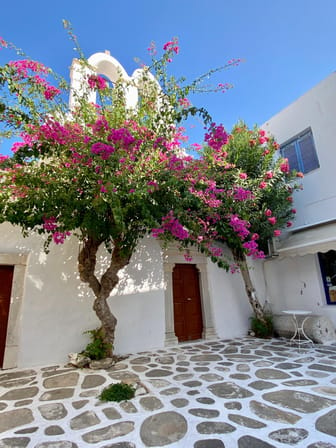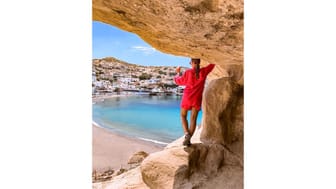Chania
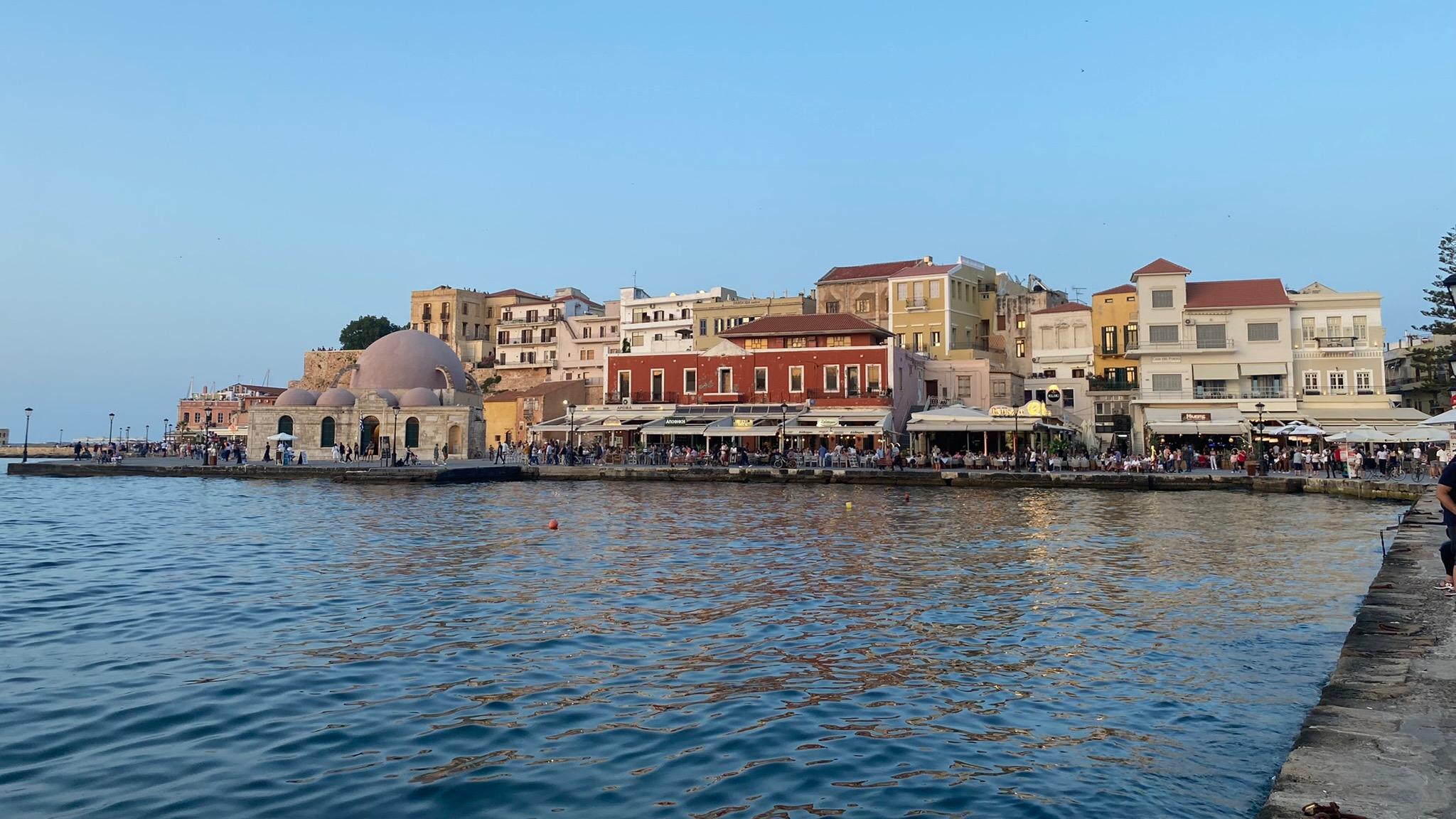
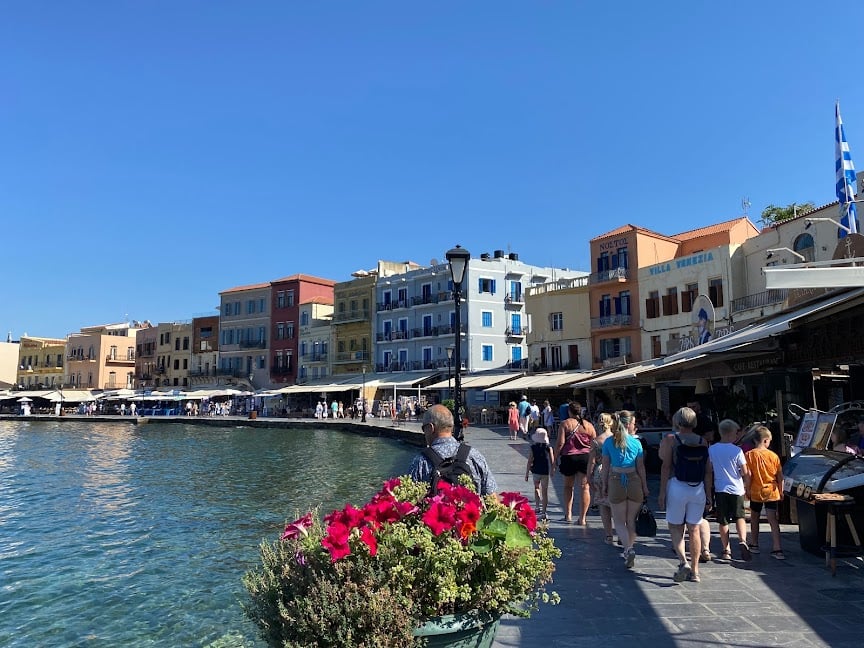
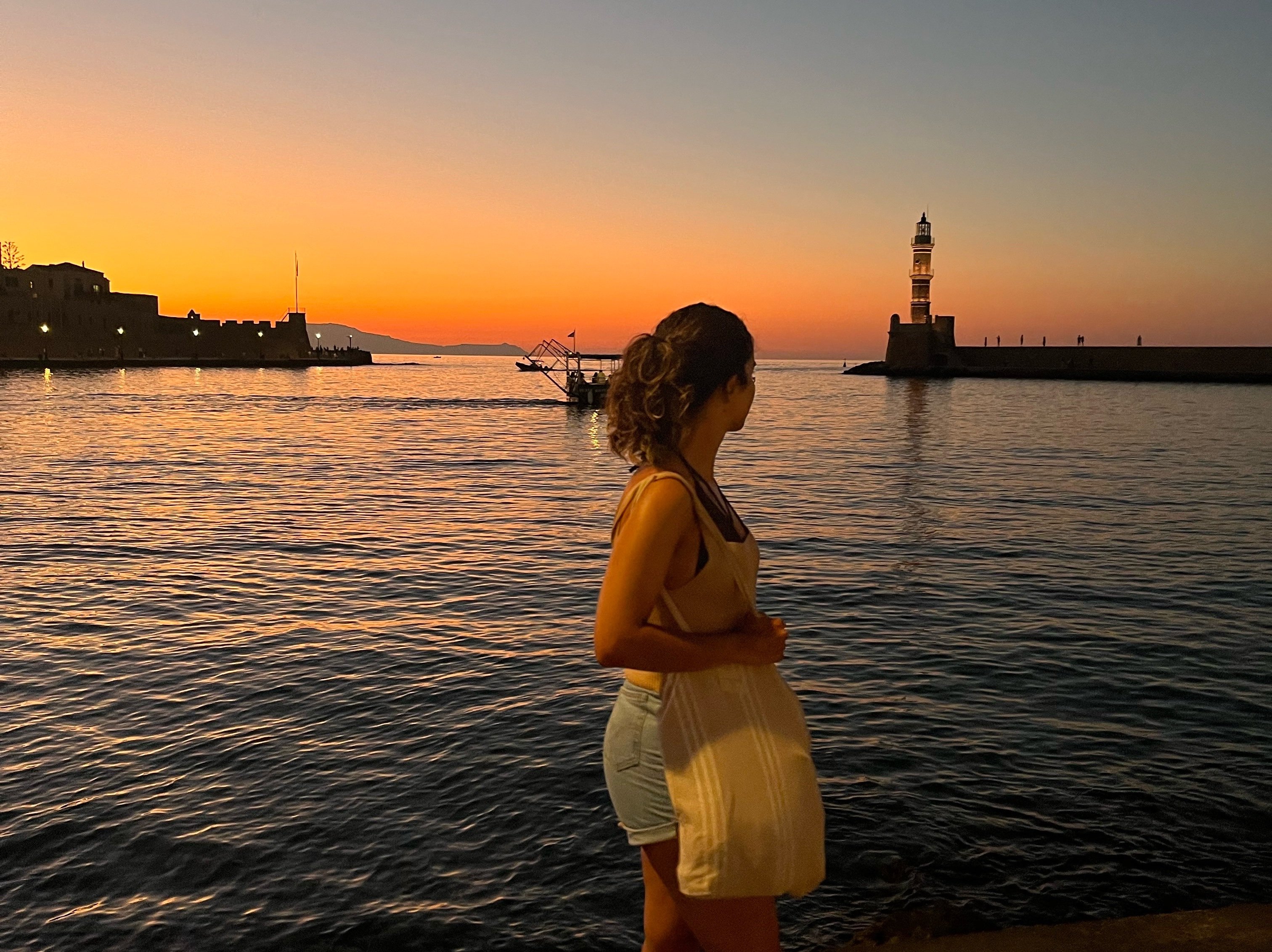
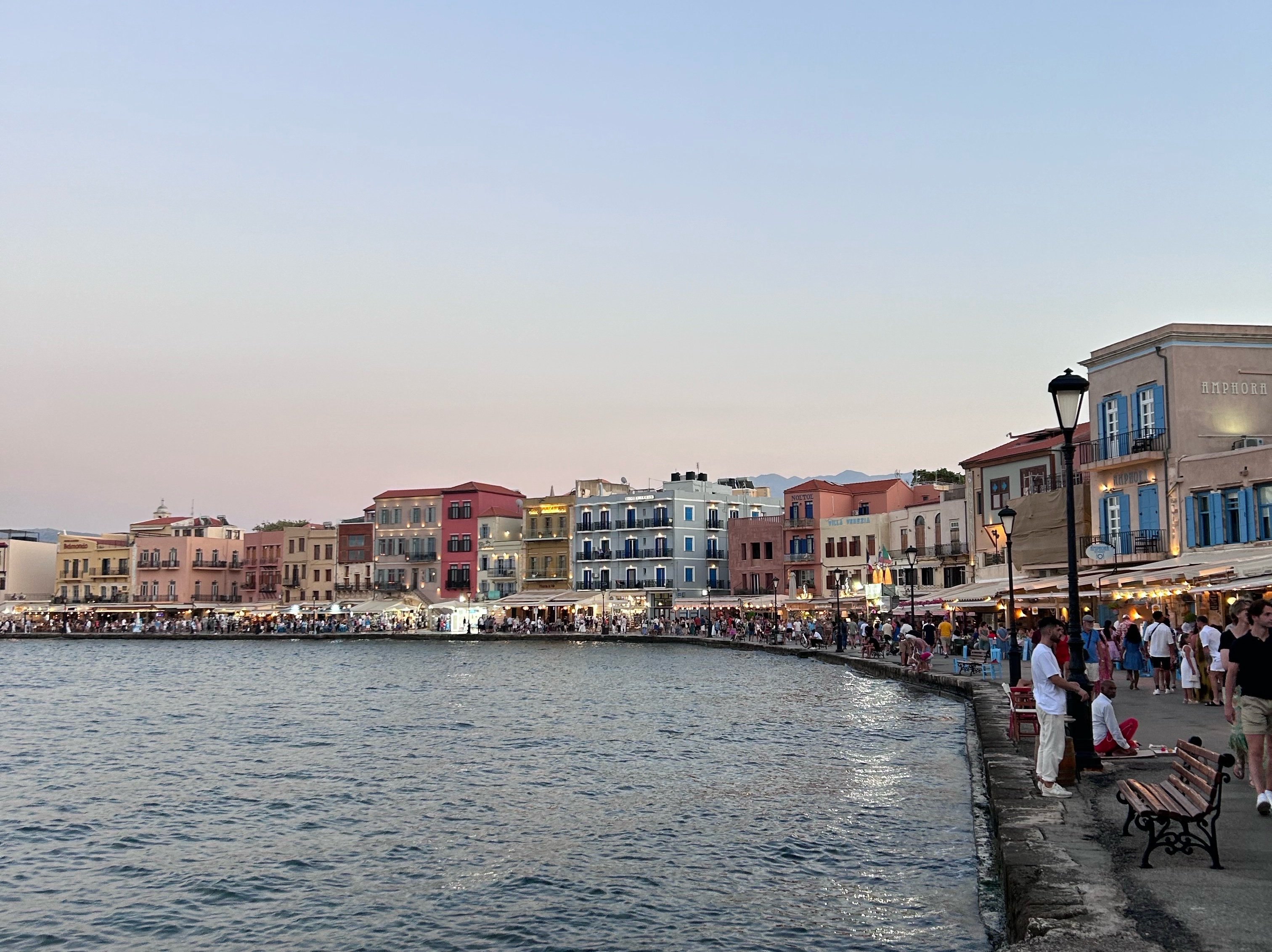
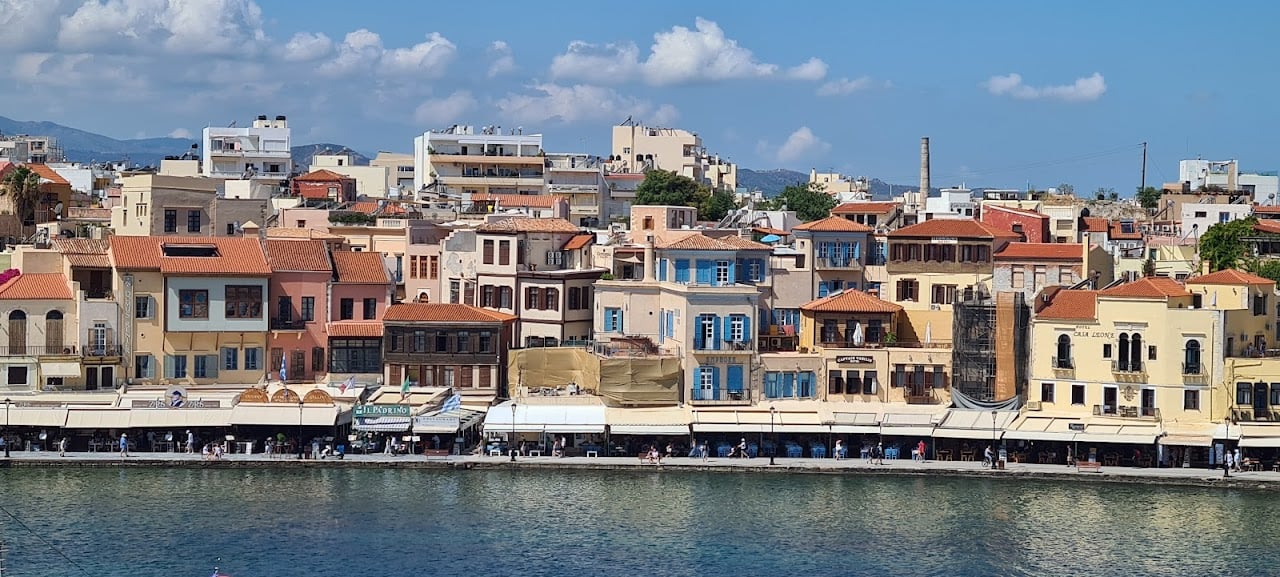
Ask ThatchGPT
Suggest a local expert to plan my trip
Suggest an unique itinerary for my Chania trip
What foods do Chania locals eat
What are some true hidden gems in Chania
Help me brainstorm trip ideas for Chania
Help me plan a family-friendly trip to Chania
What people say
Liveta Greitaityte
"Chania (also spelled: Hania) is the capital, a place where various civilizations have flourished over the centuries. Walking through the maze-like alleys of the old town, with its beautiful Venetian mansions, fountains, and churches, you will reach well-preserved historical monuments.
The city of Chania is built in the area of Minoan Kydonia, at the end of the homonymous bay between the Akrotiri and Onicha peninsulas. It was the former capital of Crete (from 1847 to 1972). Nowadays, it is the second largest city of Crete after Heraklion and the capital of the homonymous prefecture.
Chania includes the old city and the new city. It is one of the most beautiful and picturesque cities in Greece and a paradise for food lovers!
The old town is built around the port of Venice and is quite an integral area where Venetian buildings and later Turkish elements form a unique architectural style. The historic center of Chania, with its Venetian walls defining the boundaries between the old and new town and its ramparts, has led to the city being declared preserved. It consists of five connected districts surrounding the port of Venice.
It was designed by Venetian engineer Michelle Sammichelli. The lighthouse is located at the end of the rock that protects the harbor from the north. It was in 1570 built by the Venetians, and in 1830 reconstructed by the Egyptians and preserves its current state.
To the east of the Palea Poli is the Splantzia (or Plaza) district, built on top of the former Turkish district. Here, among other things, you will see the Aghii Anargiri Church, the only Orthodox church that had permission to operate during the Venetian and Turkish occupations. You will also see Sintrivani Square.
The Kastelli district is located in the center of the Palea Poli (Old Town) west of Neoria. It is the prominent site of a Byzantine citadel, where the "palatso" (palace) of the Venetian commander and the hostel of the Pasha of Chania were later built. The Venetians called the area Castello Vecchio.
In the southeast of the old city is the Jewish quarter or Ovraika. It is reminiscent of the time when the developing Jewish community of Chania was forced by the Venetians to move to a defined area known as the juka, where two synagogues operated.
On the walls of Ovraika, on Chalides Street, you will see the Folklore Museum of Chania and the Church of Aghios Fragkiskas (14th century), which houses the Archaeological Museum of Chania. On the north side, there is a Turkish bath (hammam). On the south side of Ovraika and on Skridlof Street is the so-called Stivanadika (from stivani, Cretan shoes). Among the shops selling leather goods and souvenirs is a traditional shoe atelier."
Read more in:
Sofia Miotti
"The town of Chania can be said to be the beating heart of Crete, there is a lively atmosphere and no shortage of points of interest, stores, restaurants and viewpoints, especially the Venetian harbor area. It is also the best point to reach the island's most famous beaches, which is why we decided to spend 4 nights here. "
Read more in:
Ashlea Bogner
Available for hire
"Chania is such an interesting city with Italian and Greek influences making such a fascinating blend of cultures with the most incredible views. "
Read more in:
Mentioned in these guides
About Chania
Get the inside scoop on Chania from local experts, travel creators, and tastemakers. Browse genuine trip notes, Chania reviews, photos, travel guides, and itineraries from real travelers and plan your trip with confidence.
Address
Save this spot for later or start mapping out a new trip today
Try our AI Travel Assistant and get instant answers to any questions about your trip.
Ask ThatchGPT

